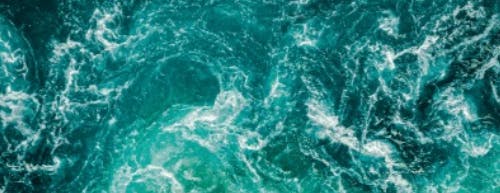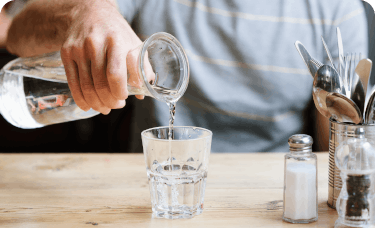A few simple steps can help make your next flight less painful.
BY LUCY MAHER
When you’re planning for air travel, you can expect to run into long lines at check-in, starchy airplane food and cranky seatmates.
So the last thing you need is a migraine.
But that’s exactly what some travelers may experience. That’s because some migraine triggers —including lack of sleep, dehydration and stress — can abound when you step foot in the airport or on the plane, especially during peak travel times over the holidays.
The good news: You don’t have to suffer if you follow a few key strategies.
Avoid Dehydration
Ever felt that the air on planes is very dry? You’re not imagining things. At the end of long-distance flights, the humidity inside the aircraft can be as low as 2 to 3% (compare that to a “comfortable” humidity of 40 – 70%).1 Low humidity can make your lips feel dry, or even your nose, eyes, mouth and throat. So it’s not a bad idea to stay hydrated — especially because migraine sufferers can be more sensitive to dehydration. Keep your body hydrated with copious amounts of water before and during your flight, and lay off the alcohol and caffeine, both diuretics, which can exacerbate your symptoms.
Get Some Sleep
Sleeplessness can trigger both headaches and migraines in some people. In fact, a recent large study of migraine sufferers found that 50% cited sleep disturbances as a migraine trigger. Those who received less than six hours of sleep a night on average had more frequent and more severe headaches than those who slept more.2
Getting shut-eye on a long-haul flight is easier said than done, with flight attendants passing food and drink down the aisle, crying babies, and the rumble of the jet engine. Your best bet is to invest in a pair of earplugs, an eye mask and a comfortable neck pillow and aim for as sound of sleep as you can muster (another tip: keep your hands and feet warm). If you’re taking a red-eye, book as late a flight as possible so your body can stay on a sleep schedule.









